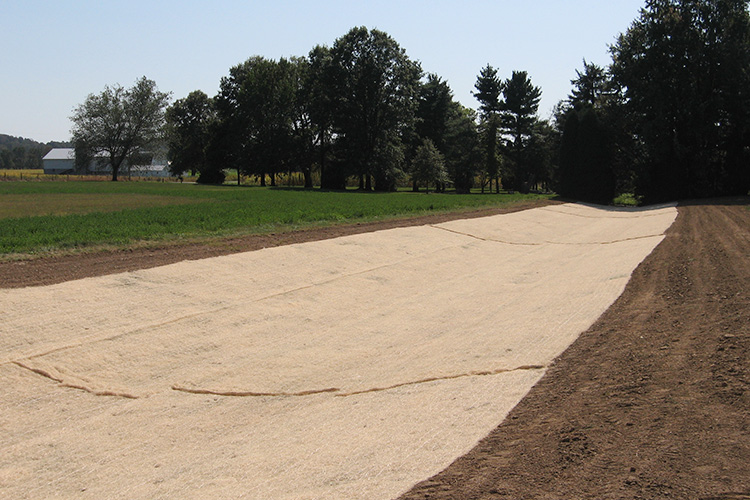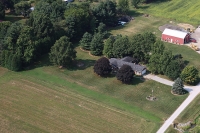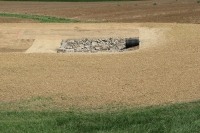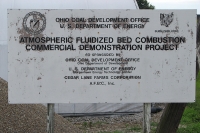Agricultural Soil Conservation Management

Agricultural Conservation & Management
Orr Construction leads the way in the design/build of farmland conservation practices. With nearly five decades of experience coupled with state-of-the-art GPS and laser technologies, you can count on the Orr Advantage to develop and implement farmland conservation plans that:
-
Maximize crop yields
-
Minimize impact of excessive wet or dry growing seasons
-
Enable early spring entry/late fall harvest based on soil types and topography
-
Preserve precious topsoil from erosion and runoff
-
Provide shorter construction times attributed to the GPS advantages
-
Add more dollars to your bottom line
Conservation Practices
There are many recognized conservation practices available to achieve these objectives. Based on Orr's assessment of your property, we may recommend a combination of any of the following practices:
-
Grass waterway. Naturally occurring or constructed shallow channel planted in grasses or legumes and used to prevent gully formation in farmland.
-
Field borders. Strips of grasses or legumes along the edges of fields. These borders replace end rows and protect against erosion and runoff.
-
Contour buffer strips. Permanent strips of grasses or legumes that run contour to the slope of the field and reduce erosion and soil runoff.
-
Grade (or gully) stabilization structure. Structure (i.e., dam or embankment) built across an outlet or other drainageway that reduces erosion/loss of sediment
-
Water/sediment control basin. An earthen embankment built to temporarily hold water while it slowly drains through an infiltration pipe or tile line.
-
Terrace. Earthen embankment along a slope or grade designed to intercept and slow water flow, thereby reducing runoff and erosion.
-
Diversion. Similar to a terrace but designed to redirect water flow to a path with less erosion.
-
Riparian buffers. Strips of grasses or legumes planted along streams, ditches, and other surface waterways that reduce or prevent sediment or pesticide runoff. These also help with preventing manure runoff.
-
Stream crossings. Fords, culverts, or small bridges built to allow livestock, equipment, or people to cross at a controlled location, thereby preventing excessive streambank erosion and water pollution.
-
Stream Bank stabilization. Cleaning up (i.e., removing trees and other debris), reshaping, and adding rip-rap (or vegetation) to stream banks to prevent erosion.



